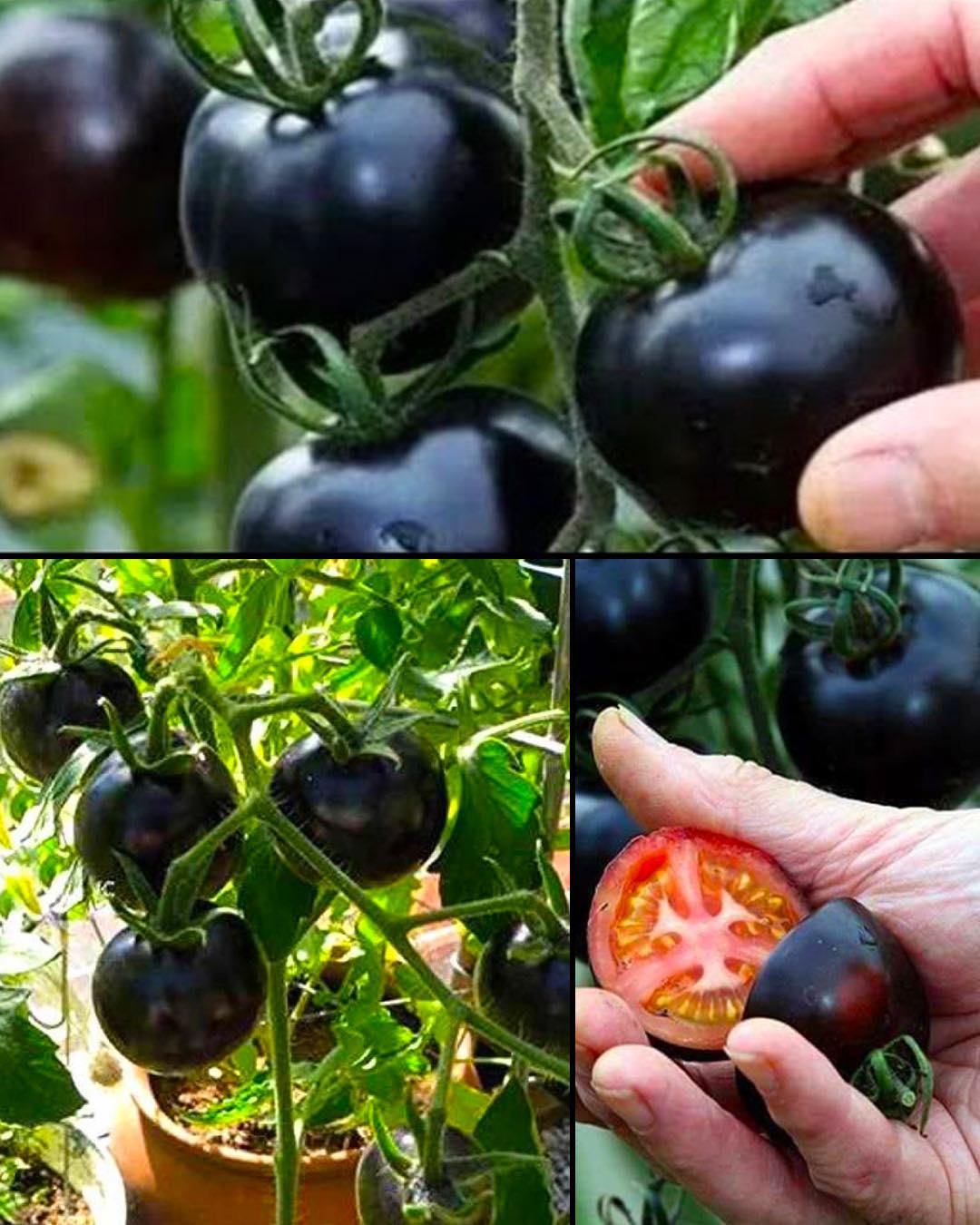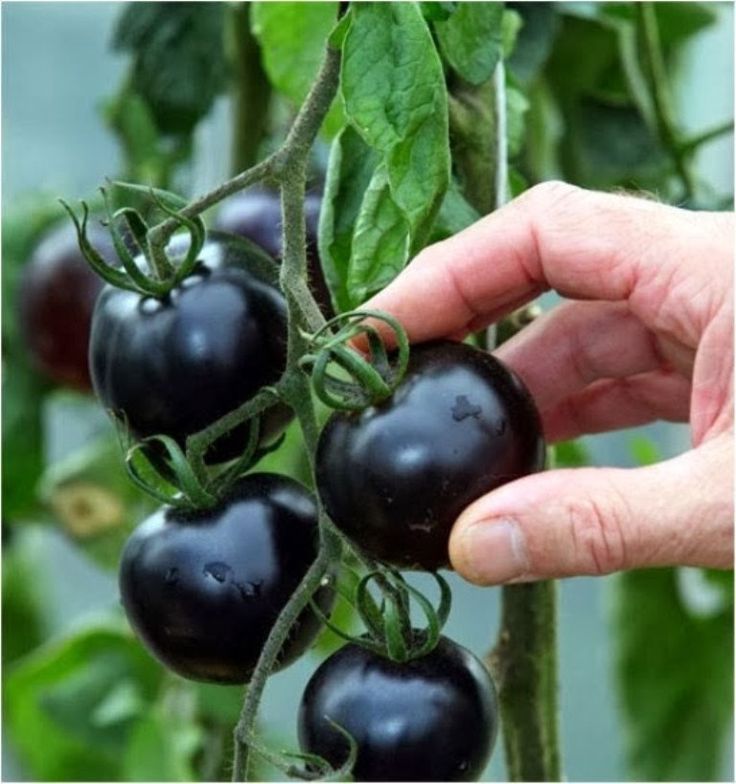
Tomatoes are among the most consumed fruits (yes, they’re technically fruits!) around the world. Yet, not all tomatoes are created equal. Enter the Kumato tomato. Darker in hue and richer in flavor, the Kumato is often hailed as a superior and healthier variant. But what makes it stand out, and how can you grow it in your garden? Let’s dive in.
The Health Superiority of the Kumato Tomato
Richer in Antioxidants:
One of the main health benefits of the Kumato tomato is its increased levels of antioxidants, especially lycopene. The darker color of the Kumato is a testament to its higher lycopene content, a compound known to combat oxidative stress.
Naturally Sweet:
Kumatoes have a lower acidity level, making them naturally sweeter without the need for artificial enhancers. This sweetness isn’t just a taste advantage; it also means they can contribute to a more balanced blood sugar level when compared to other tomato variants.
Higher Mineral Content:
Packed with potassium, magnesium, and vitamin B6, Kumatoes not only boast an impressive nutrient profile but also contribute to better heart health.
Growing Kumato Tomatoes: A Guide

Growing Kumatoes is similar to cultivating regular tomatoes, but there are some specific nuances to consider for a successful harvest:
Seed Selection:
The first step is to source genuine Kumato seeds. Because of patent restrictions, genuine seeds might be hard to come by, but look for brown tomato or similar varieties which can be a close match.
Soil Preparation:
Like all tomatoes, Kumatoes prefer well-draining soil. Ensure your garden bed is enriched with compost or organic matter. A pH level of 6.2 to 6.5 is optimal for these tomatoes.
Planting:
Plant seeds about a quarter-inch deep in starter pots. Once the last frost has passed and seedlings have at least two sets of true leaves, they can be transferred outdoors. Remember to give them ample space, around 24-36 inches apart.
Sunlight and Water:

Kumatoes love sunlight, so place them in a location where they’ll receive at least 6-8 hours of direct sunlight daily. Water regularly, ensuring the soil remains consistently moist but not waterlogged.
Support and Pruning:
As the plants grow, they might need support. Tomato cages or stakes are essential to prevent the branches from breaking under the weight of the fruit. Regularly prune the lower leaves to promote better air circulation and reduce the risk of disease.
Harvesting:
Kumatoes are ready for harvest when they take on a deep brown or greenish color. Unlike other tomatoes, Kumatoes will still be slightly firm when ripe.
The Kumato tomato isn’t just a gourmet addition to culinary dishes but also a powerhouse of nutrients. By understanding its health benefits and mastering the cultivation process, you can enjoy this delicious and healthy variant straight from your garden. Happy gardening!



















